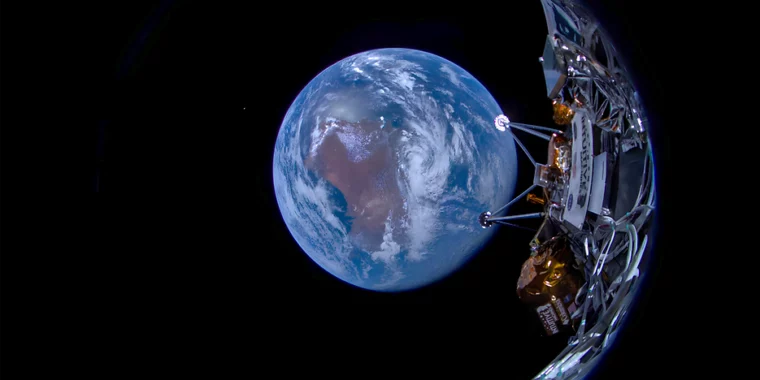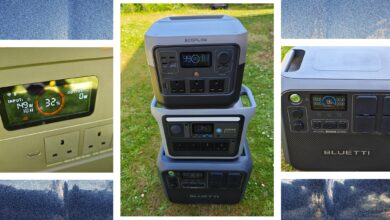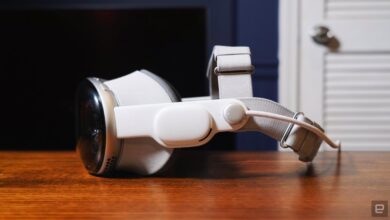NASA faces a quandary with its audacious lunar cargo program


Intuitive Machines
Most of NASA is a pretty buttoned-down place these days. Nearly 70 years old, the space agency is no longer the rambunctious adolescent it was during the race to the Moon in the 1960s. If you go to a NASA field center today, you’re much more likely to get dragged into a meeting or a review than witness a rocket engine test.
One way to describe the space agency today is “risk averse.” Some of this, certainly, is understandable. NASA is where flight director Gene Kranz famously said during the Apollo 13 rescue, “Failure is not an option.” Moreover, after three major accidents that resulted in the death of 17 astronauts—Apollo 1 and space shuttles Challenger and Columbia—NASA takes every conceivable precaution to avoid similar tragedies in the future.
But there does come a point where NASA becomes so risk averse that it no longer takes bold and giant steps, succumbing to paralysis by analysis. As one long-time NASA engineer told me several years ago, only partly tongue-in-cheek, it took a minor miracle for engineers designing the Orion spacecraft to get a small window on the vehicle through the rigorous safety review process.
Happily, however, there are still corners of the space agency where the mad scientists are free to play. One of these is in the science “directorate” of NASA, where about seven years ago, a handful of scientists and engineers were trying to figure out a way to get some experiments to the Moon without busting their limited budget. Flying a phalanx of such missions the old way would have cost billions of dollars. They didn’t have that kind of money, nor all the time in the world.
These scientists, including the leader of the directorate, Thomas Zurbuchen, knew that the Moon was about to become a red-hot target for exploration.
Back to the Moon
For decades after Apollo, NASA had basically ignored the Moon. It was, as Apollo 11 astronaut Buzz Aldrin said, magnificent but desolate. The space agency turned its robotic exploration efforts to Mars and beyond, and its human program remained in low-Earth orbit. The Moon? It was cold and gray, dry and airless.
But by the mid-2010s, Zurbuchen and other scientists were increasingly convinced that there were deposits of water ice at the lunar poles in permanently shadowed craters. Moreover, NASA’s human exploration program was finally getting serious about going back into deep space, and it was clear that the Moon would be the first stop. Finally, there was a sense of urgency as China started to land rovers on the Moon and set out plans to build a lunar base near the South Pole.
So NASA’s scientists knew they wanted to get experiments, rovers, and other things to the Moon—nothing too massive, mostly payloads from a few dozen to a few hundred kilograms—to reassess the lunar surface and determine what resources were there and how we might get at them. The idea was to do cool science but also prepare the way and support human activity on the Moon. But NASA’s science division didn’t have billions of dollars to throw at a lunar program like the human exploration division.
So Zurbuchen and his team faced a choice. They could save up for a handful of big, expensive missions flown by traditional contractors. Or they could try something new.
The commercial space industry, spurred in part by the Google Lunar xPrize that was never won, was starting to make some noise about developing small lunar landers. Could NASA provide some incentives for a few of these companies to finish their landers and deliver experiments to the Moon?
At a cost of a few hundred million dollars a year, such a commercial plan made some sense. But there were risks. Getting into space was hard enough. Actually landing on the Moon? That’s very hard. A lander must be powered all the way down to the surface since there is no atmosphere for braking, and due to a lag in communications, it must be done autonomously. And, oh yeah, there are boulders and craters all over the Moon, so your lander had better have a smart navigation system on board.
Zurbuchen knew this would be risky and that NASA would have to accept some failures. Private companies, doing this for less money, would have to shed much of NASA’s rigorous safety procedures. To help his administrators understand what he and the commercial companies wanted to do, Zurbuchen used the phrase “shots on goal” to describe the plan.
He knew the private companies would miss some shots.
Source link




